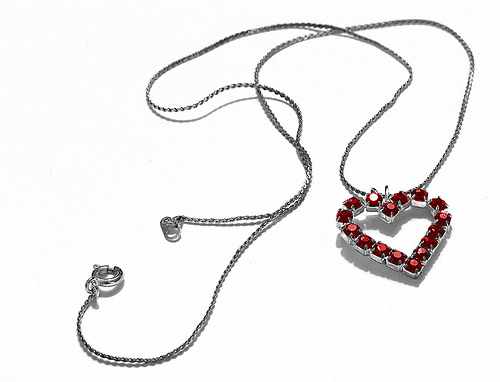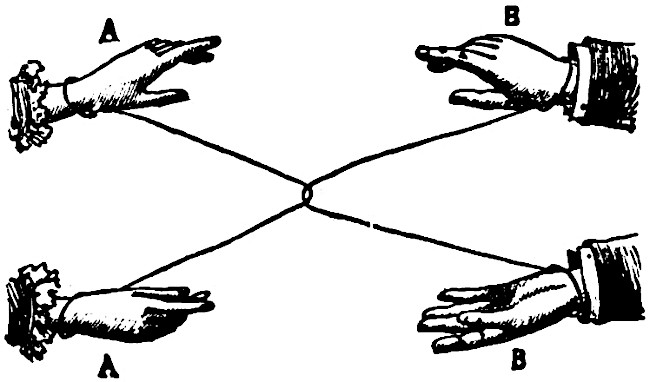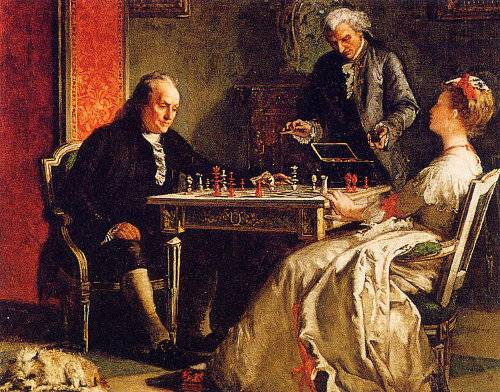A medal struck of the 17th-century Swedish king Gustavus Adolphus included this motto:
ChrIstVs DuX ergo trIVMphVs
Rearrange the capital letters and you get MDCXVVVII, or 1627, the year in which the medal was stamped.
That’s a chronogram, and a pretty tame one, as these things go. In 1634 the Society of Jesuits at Brussels composed a remarkable congratulation to Ferdinand on his arrival in the Netherlands as governor; it contains 100 hexameters, every one of which is a chronogram adding to 1634:
AngeLe CoeLIVagI MIChaeL, LVX VnICa CaetVs.
Pro nVtV sVCCInCta tVo CVI CVnCta MInIstrant.
SIDera qVIqVe poLo gaVDentIa sIDera VoLVVnt. …
“Genius,” wrote Thomas Carlyle, “is an infinite capacity for taking pains.”





